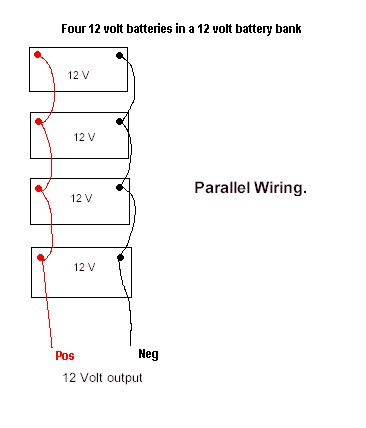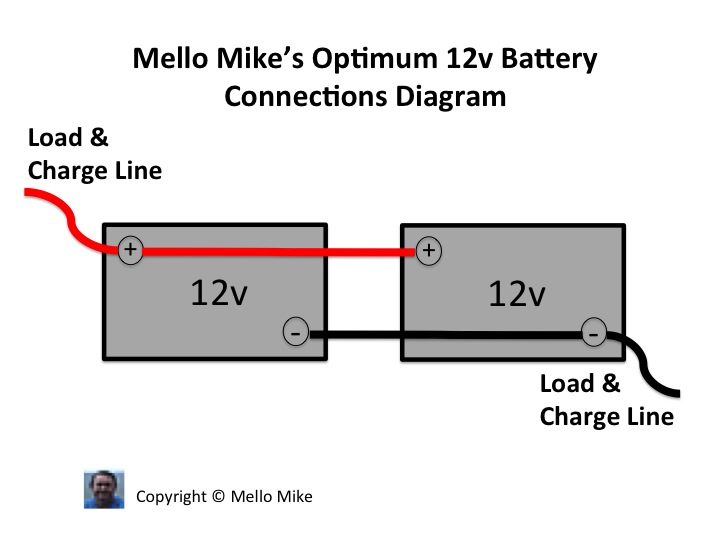Some have reported very good service from the 35AH AGM batteries, but some others, not so much. But those reporting bad service likely drained them completely daed and did not regularly fully charge them which kills all lead acid batteries.
100 watts on 70Ah of batteries should Be OK
The Mightymax Specs, like may of the Asian AGM batteries have a ~ 30% max charge rate, on these batteries they say 10.5 amps each.
They could likely exceed that safely, but not if they are already hot from baking inside a hot vehicle.
100 watts of solar is good for about 5 amps fo charge current in June at noon.
AGMS when deeply dischrged often actually benefit from higher charging rates, upto that 30%, but more important is to hold them at absorption voltage until they are fully charged.
full charge on AGM is determined by how much amperage they accept at absorption voltage. this requires an Ammeter or a voltmeter, IF you really wanted to know. This is not a requirement, and a true full charge does not have to happen every recharge, but the batteries would love it if they did get one.
On AGM batteries, When amps taper to 0.5% of capacity at absorption voltage, they can be considered fully charged.
0.5% of 70AH is 0.35 amps.
So if you were seeking recharging perfection, which is not necessary every single recharge, the charging source would bring them upto 14.7v( the label states 14.5v to 14.9v) and hold them there until amps taper to just 0.35.
If depleted to 50%, getting them to 80% can be achieved quickly with a higher amp source, upto 21 amps for these 2 35 AH AGMS, but 80% to 100% pretty much cannot be accomplished in less than 3.5 hours, and that is when the batteries are new and healthy. When older they take longer to reach 100% full
The following link is a clamp on Ammeter and full function multimeter( includes voltage) With it, you can determine when the bateries are fully charged, and make an educated guess how charged they are at any given moment. It can also show you how much loads you are placing on the battery.
https://www.amazon.com/Uni-T-B4Q094...=1492748209&sr=8-1&keywords=uni+t+clamp+meter
One only clamps over one of the 2 wires leading to the batteries.
Every vehicle dweller should really have a digitl multimeter. They can be had for cheap, or even free sometimes at harbor freight, but the product linked above can measure amperage without wiring the DMM inline with the load/ charging source.
One should not remove the solar charge controller from the battery while the solar is producing power, unless the controller's instructions clearly says it is OK to do so. So hooking the DMM inline on the solar controller to battery to check amperage would violate this rule, but the clamp meter linked can easily be used to read amperage.
As far as wiring it up, It is pretty simple. The charge controller instructions shoud say what size fuse is required between solar controller and batteries. For best performance keep the solar controller to battery wiring short.








